Plants perishing as a result of excessive or insufficient fertilization? You can easily make these fertilizers at home by utilizing components already in your kitchen. The majority of plant species cannot thrive without the presence of light, water, and soil. Because plants, unlike animals and people, plants cannot communicate their needs, so we must do all in our power to meet their requirements.
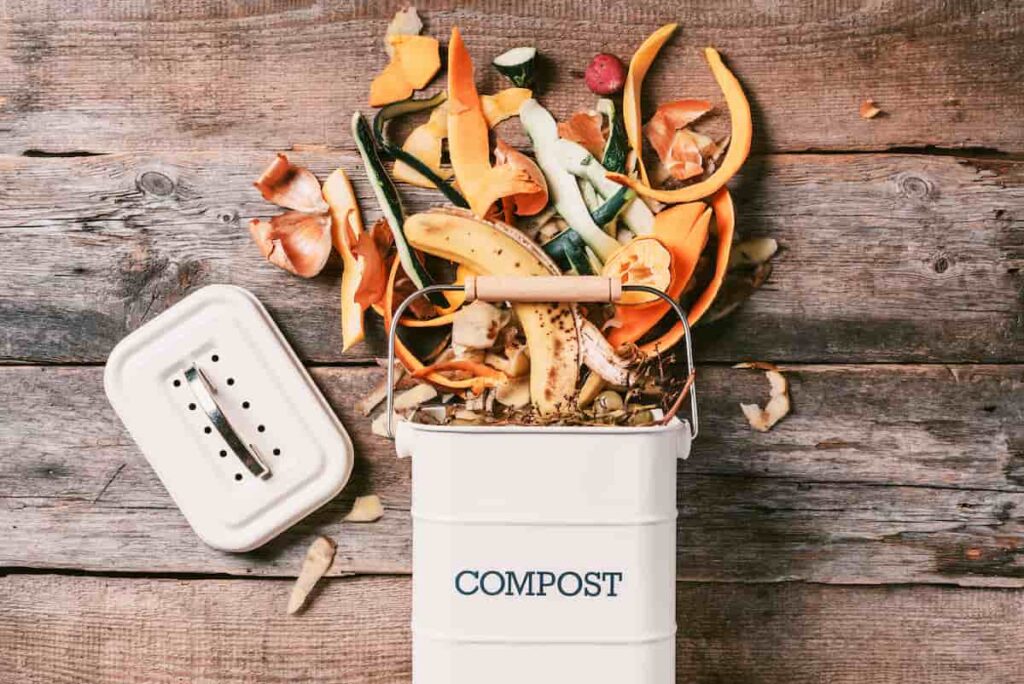
Let’s learn more about the best organic fertilizers to feed indoor plants. The following is a list of simple Do-It-Yourself organic fertilizers for your plants that can be readily found in your kitchen and enhance your indoor plants’ growth. Do you have questions like, what are the best indoor organic plant fertilizers?
What is the best fertilizer for plants at home? What is the best indoor plant fertilizer? What are the best homemade fertilizers for indoor plants? What are some of the liquid plant organic fertilizers? Not to fear, this article has all the information you want to make an educated decision on whether or not to use organic or chemical fertilizer for your garden.
What are the Benefits of Using Organic Fertilizers?
Using natural/organic fertilizers rather than artificial ones on your indoor or outdoor houseplants has several benefits, including the following: Your plants are at a far lower danger of being burned, and there will be no accumulation of hazardous salts in the soil or leakage of those salts into the groundwater since natural fertilizers are not too concentrated and need more time to decompose.
Natural fertilizers that include organic matter can enhance the structure of potting soil by improving aeration, boosting the soil’s capacity to retain moisture and nutrients, and nurturing the population of microorganisms that live in it. In addition, natural fertilizers are much better for the environment than their synthetic counterparts since organic materials are renewable and biodegradable. Compared to chemical mixtures, commercial natural fertilizers’ is often higher. However, you can prepare simple DIY fertilizers using products found around the house, which will allow you to save money.
What are the Disadvantages of Organic Fertilizers?
Results from the use of various organic items might be quite variable. Not all products are made in the same manner. Examine any academic studies or case studies available to ensure that the product you buy has been approved for use in your sector. The amount of nutrients found in organic fertilizer is often inadequate. In addition, the nutrients are often bound together in a complex organic chemical structure.
Because of this, the use of organic fertilizer could not result in the same vibrant burst of color as the use of chemical fertilizer. In addition, applying organic fertilizer is more of a process than an event. You can make your compost, but it’s a messy, difficult process that frequently results in an uneven product and final result.
What are the Disadvantages of Using Commercial Chemical Fertilizers?
The cost of natural fertilizers is often lower than that of commercial chemical fertilizers. However, they might include components that, if ingested, could harm the skin or the respiratory system. In addition to this, you must precisely combine and measure the ingredients. Your plants might perish if you apply an excessive amount. In addition, synthetic fertilizers can accumulate in the soil, leading to pH and fertility imbalances over the long term.
Best Organic Fertilizers to Feed Indoor Plants
Banana Peels
Peels from bananas are often discarded in the compost or garbage, even though they are an excellent source of potassium and include trace levels of nitrogen, phosphate, and magnesium. There are a few different uses for banana peels, which can be used as an excellent slow-release natural fertilizer for houseplants.
In case you missed it: Easy Homemade Fertilizer Recipes: Natural and Organic for Houseplants, Flowers, and Garden Plants
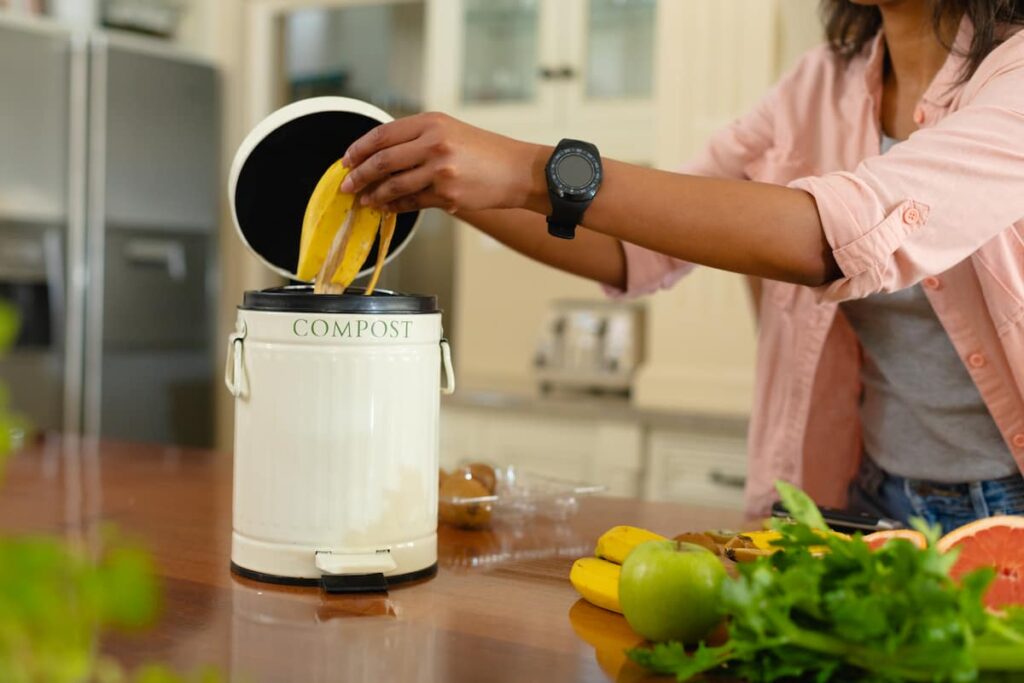
You can put the banana peel directly on top of the potting soil or cover it with a tiny quantity of soil to lessen the odor as the banana peel decomposes. The peels can be sliced finely and incorporated into the soil before planting. Finally, they can be blended with water to create a nutrient-rich natural liquid fertilizer for your garden.
Worm Farms
Worm farms are an excellent method for converting food leftovers from the kitchen into natural fertilizers that plants can use. For example, if you put the remnants of your fruit and vegetables on the top of the worm farm, the worms will consume the waste and turn it into a nutrient-rich liquid that can be used to water your indoor plants.
An inside compost bin is a wonderful alternative to a worm farm, particularly if you do not have space. These bins use helpful bacteria to break down food scraps from the kitchen. In addition, the Bokashi system generates a nutrient-rich liquid that can be used to water your houseplants after being diluted.
In case you missed it: Fertilizer Schedule for Vegetables: Organic, Chemical, How and When to Apply
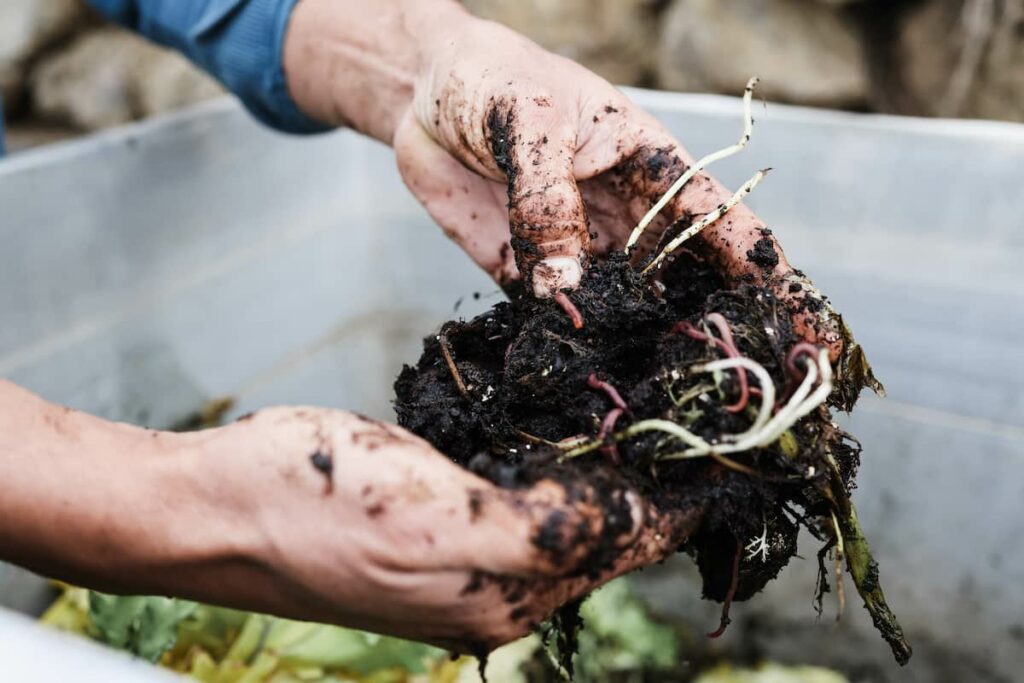
Coffee Grounds
The fact that spent coffee grounds can be utilized as a source of fertilizer for houseplants is sure to make coffee enthusiasts pleased. Before you plant your seeds, include a scoop of used coffee grounds into the potting soil, or blend the grounds with water and utilize the resulting liquid to hydrate your plants. Because coffee grounds cause an increase in the soil’s acidity, applying this natural fertilizer to plants that thrive in acidic soil is preferable.
In case you missed it: Fertilizer Schedule for Home Garden: Organic, Chemical, How and When to Apply
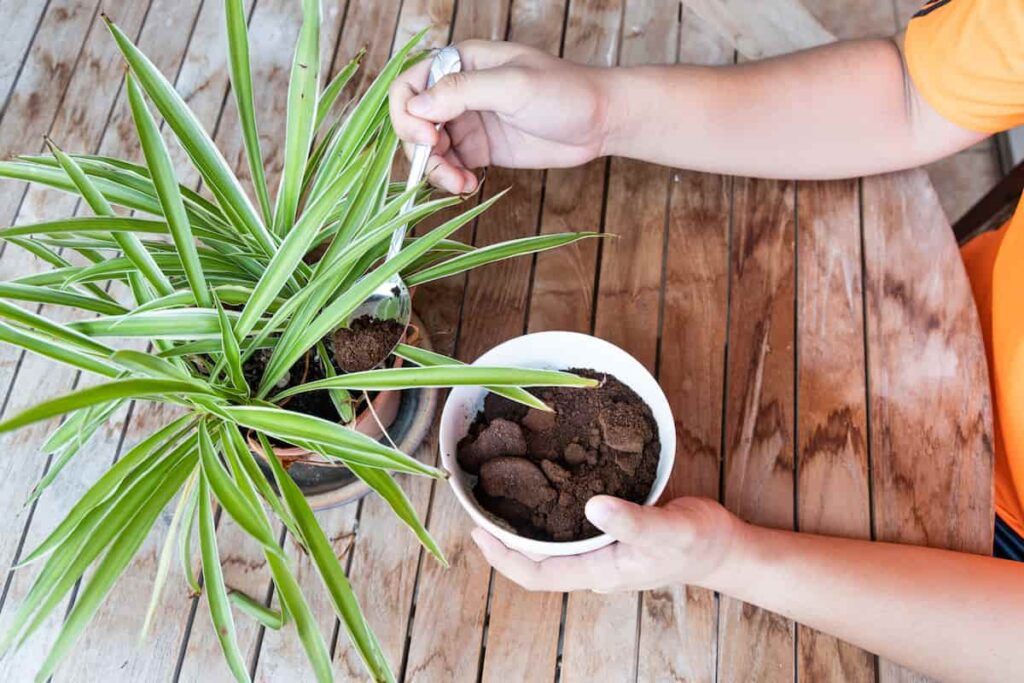
Water from Aquarium
If you keep freshwater fish in your home aquarium, you already have a source of fertilizer for your indoor plants ready and waiting for you. The decaying fish food and waste provide a significant quantity of natural nutrients to the wastewater, making it rich in these nutrients. When you change the water in the aquarium, you can use this water to water your houseplants by pouring it straight into the soil.
Fertilizing your houseplants with water from your aquarium is an effective way to simulate the natural nitrogen cycle. In their natural environment, plants in and around a pond will digest and use the nitrogen waste fish create. This will help the plants flourish while also filtering and cleaning the water for the plants. This is even employed in aquaponics, which involves cultivating fish and plants in the same system to provide an advantageous environment for all parties involved.
Green Tea
If you drink green tea, you can preserve the spent tea bags and use them to make simple and affordable homemade food for your houseplants. If you have many plants, you will benefit from this tip. After removing the tea leaves from the bag, you can either scatter them directly onto the soil’s surface or make a nutrient-rich liquid fertilizer for your houseplants by steeping them in water. Green tea is an excellent amendment to acidic soil, much like used coffee grounds, and is particularly beneficial for plants.
Eggshells
There are several reasons why lime is beneficial to your garden, but the most important is that it lowers soil acidity for plants that don’t like it, and it gives plants a lot of calcium, a vital mineral. In addition, lime is a natural fertilizer that can be purchased in garden centers. However, if you want to save money while reaping the same advantages, getting eggshells is another, more affordable approach.
To utilize eggshells in your garden, wash, store, and crush them once collected from your kitchen. It turns out that eggshells comprise calcium carbonate, the technical term for lime. The percentage of calcium carbonate in eggshells is 93 percent.
In case you missed it: Fertilizer Schedule for Okra: Organic, Chemical, How and When to Apply
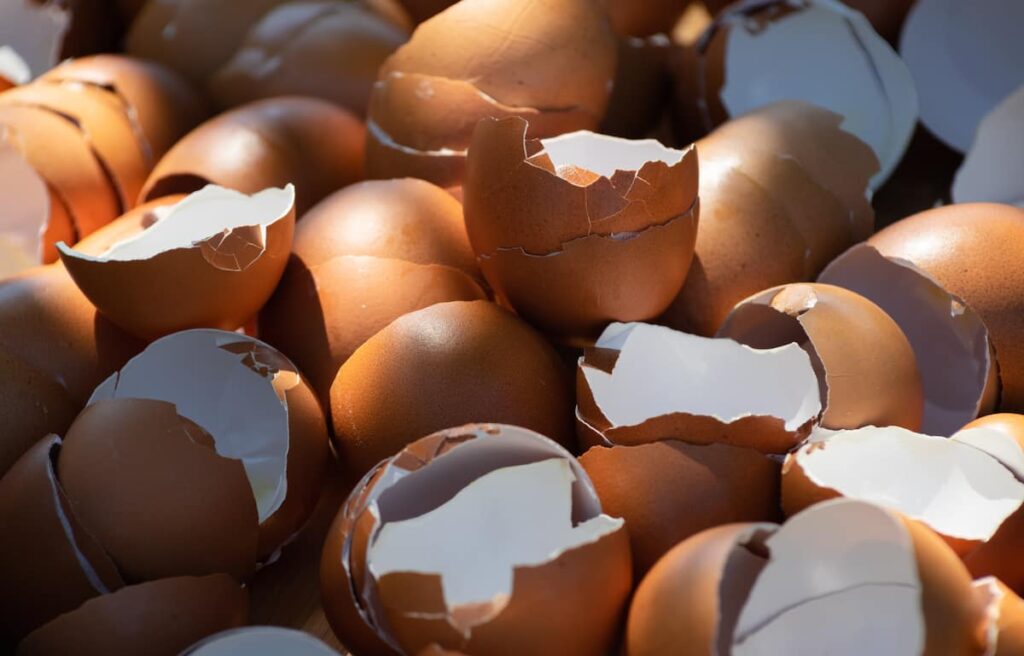
Tree Leaves
Instead of collecting the leaves from your yard in bags and tossing them on the street in the autumn, you could collect them and use them in your gardens. Leaves have a high concentration of trace minerals; they encourage the growth of earthworms, prevent moisture loss, and assist in lightening heavy soils. You can mix leaves into your soil by tilling them in, or you can use them as a mulch to enrich your plants and suppress the growth of weeds.
Animal Manure
Many animals, including horses, chickens, cows, etc., are responsible for manure production. Each manure is rich in nitrogen and other essential elements, but you must be cautious when applying it to your plants. Raw manure is very acidic and could even contain more nutrients than your plants require; thus, applying an excessive amount to them might cause them to be damaged. I
The usage of manure that has been composted is recommended. Because it contains fewer nutrients and has a lower acidity, you may safely add more to your soil to increase the water it can hold without endangering your plants. In addition, manure doesn’t take long to transform into an odorless and ideal soil amendment, so you won’t have to wait very long.
In case you missed it: How to Fertilize Avocado Trees For Insane Fruit Set: Schedule for Natural, Organic, and Chemical Application
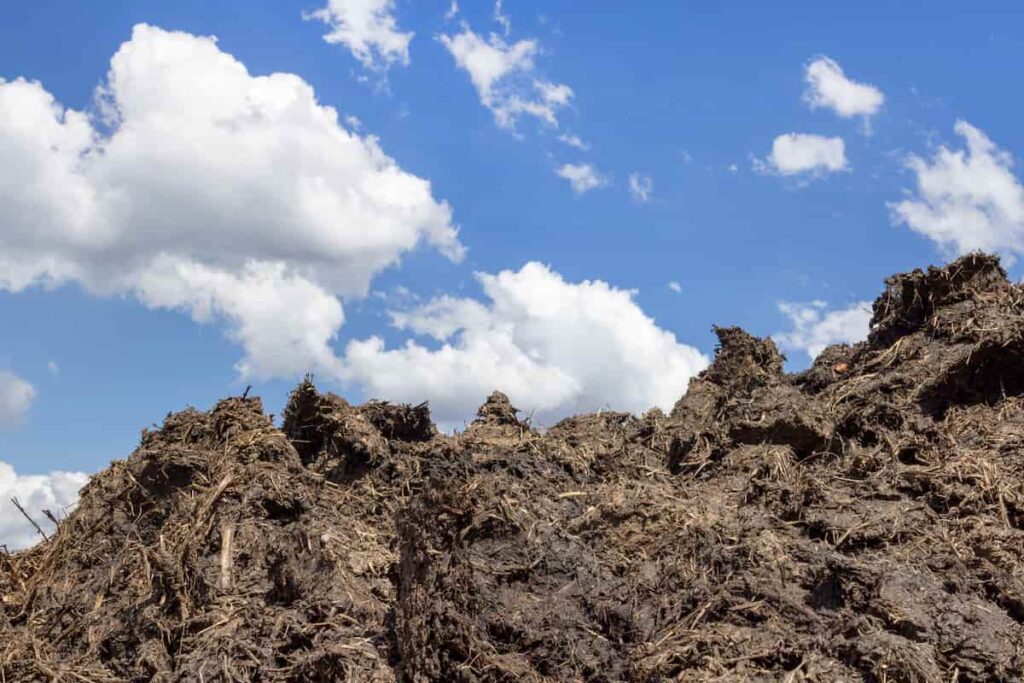
Kitchen Scraps
Use your food scraps and yard trash by turning them into compost in your backyard. Because it takes compost some time to release its nutrients, a garden that has been properly composted can go for up to two years without needing further fertilizer applications. Additionally, compost assists in the soil’s ability to retain moisture, which is critical for the success of vegetable gardens throughout the hot and dry summer months.
Grass Clippings
When you have mowed the longer grass on your lawn, you can save the grass clippings as a DIY fertilizer for the plants inside and outside your house. Surprisingly, grass clippings contain sufficient amounts of the three most essential macronutrients: nitrogen, phosphorus, and potassium.
The lowermost layer of the soil should be covered with finely chopped grass clippings, which should then be covered with the remaining soil. The grass clippings are 80 percent water, meaning they will quickly degrade when a specific time has passed.
In case you missed it: Humic Acid Fertilizer Uses: Role, Application Methods, Dosage, and Benefits for Sustainable Agriculture
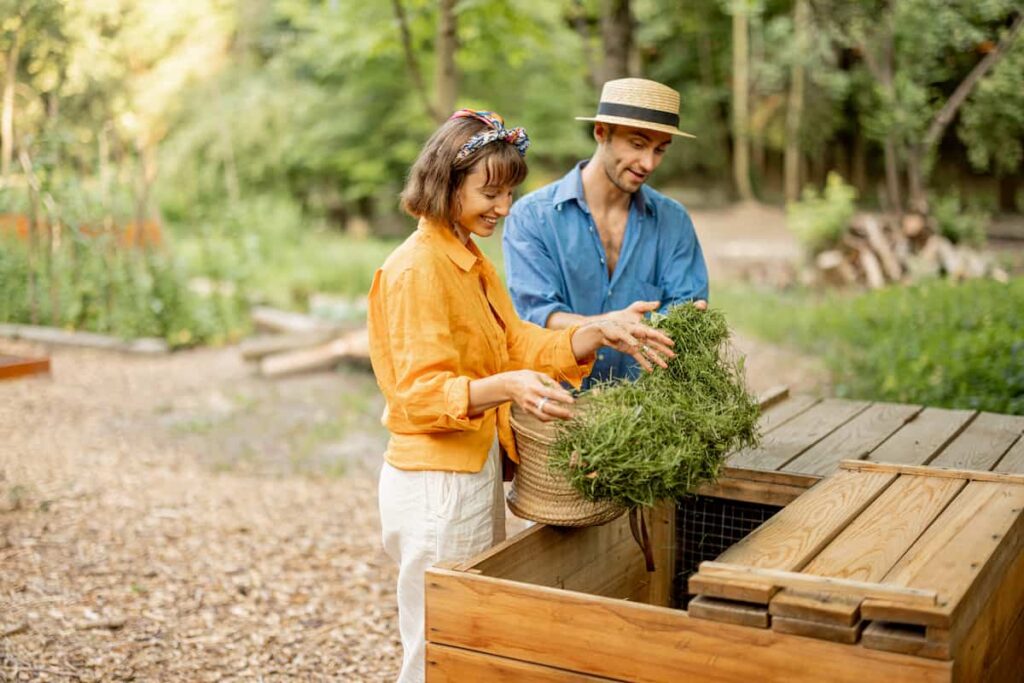
Vinegar
Vinegar is a different kind of fertilizer that can raise the alkaline level in the soil of your container plants. In addition to increasing the alkalinity, it also discourages the presence of ants. Vinegar has the added benefit of assisting plants in fending against weeds. The white vinegar should not be poured straight into the soil. Always dilute one cup of vinegar with two liters of fresh water when watering your plants. This is one of the most effective fertilizers for your plants.
Epsom Salt
Epsom salt is composed of the minerals like magnesium and sulfate, which contribute to houseplants’ overall health and well-being. By dissolving one teaspoon of Epsom salts in one liter of water or sprinkling a tiny quantity of Epsom salts on the top of the soil, you can quickly and easily create a natural plant fertilizer.
Hair Clippings
Save the clippings from your own or your children’s haircuts for your houseplants. You can even use their hair if you have a cat or dog. Before potting your plant, add a little hair to the soil to enrich it with minerals such as nitrogen and magnesium.
Molasses
Sugar cane processing produces a thick, dark liquid called sugar cane molasses. This liquid includes a wide variety of nutrients beneficial to your indoor plants. You can provide your plants with a healthy drink by combining one tablespoon of molasses with approximately 2 liters of water and using the resulting mixture.
Conclusion
Plants get essential nutrients and sustenance from the soil necessary for healthy plant development. To plants, the soil is the same as what we, as people, consider to be nourishment. Therefore, fertilization of the soil serves to boost the nutrients that are already present in the soil. Consider it the same way you would refuel your body with a nutritious and well-balanced meal if it runs out of essential nutrients.
- Profitable Village Farming Business Ideas in 2024
- High-Yield Aquaculture: Fast-Growing Fish for Farming
- Effective Fish Pond Construction Techniques for Beginners
- Irrigation and Water Management in Pineapple Farming
- Blossom to Harvest: Mastering Flowering and Pollination in Papaya Farming
- Pig Fattening Essentials: From Selection to Sale for Beginners
- Raising Wagyu Cattle: A Complete Guide for Premium Beef Production
- Soil Types and Their Water Holding Capacity
- Optimizing Irrigation Schedules for Coconut Groves for Enhanced Yield
- Espresso Your Garden: Coffee Grounds for Healthier Acid-Loving Plants
- The Best Soil Mix for Snake Plants: How to Mix Your Own Snake Plant Soil
- Green Thumb Success: Expert Tips for Cultivating Greenhouse Beans All Year Round
- Bloom All Year Round: The Ultimate Guide to Indoor Hyacinth Care
- Eco-Friendly Gardening: How to Make Liquid Fertilizer from Kitchen Waste
- Ultimate Guide to Grow Anise in Pots: Explore Seed Propagation to Harvesting
- Guide to Raising Chester White Pigs: Discover Breed Facts to Growth Management
- Mastering the Elegance: The Ultimate Guide to Weeping Cherry Tree Care, Planting, and Maintenance
- Ultimate Guide to Planting Garlic in Grow Bags: Growing Strategies for Beginners
- How to Fix Spider Plant Leaf-Related Problems: Natural and Organic Remedies
- 10 Reasons Why Your Tulsi Plant is Shedding Leaves: Home Remedies and Solutions
- Optimizing Growth and Yield: The Advantages of Palm Bunch Ash Fertilizer
- Utilizing Neem Oil Extract as a Natural Pesticide for Hydrangea
- From Soil to Harvest: Various Ways in Which Farmers Can Use AI Tools
- Steps to Encourage and Induce Citrus Flowers: A Comprehensive Guide
- How to Fix Snake Plant Leaf-Related Issues: Natural and Organic Remedies
- Transform Your Garden into a Fragrant Oasis with Raat Ki Rani (Night Blooming Jasmine)
- Discover the Ideal Chicken Breeds for Philippine Farms
- How to Create a Poultry Egg Farm Business Plan for Profits
- Grow Lemon Cucumbers Like a Pro: Insider Techniques for Bountiful Yields
- Ultimate Guide to Caring for Your Pink Princess Philodendron: Tips for Thriving Variegation
- Areca Nut Profit Per Acre: Calculating Yield and Cost of Cultivation
- How Kaveri Chicken is Becoming a More Profitable Breed in Indian Backyards
- Transform Your Barn: 9 Steps to Convert a Horse Stall into a Chicken Coop
- Exploring Suffolk Sheep Disadvantages with Limitations and Challenges
- Guide to Solving Potted Lemon Tree Problems: How to Revive Lemon Tree in Containers
- Steps to Encourage Female Pumpkin Flowers: Best Strategies for More Flowers and High Yields
